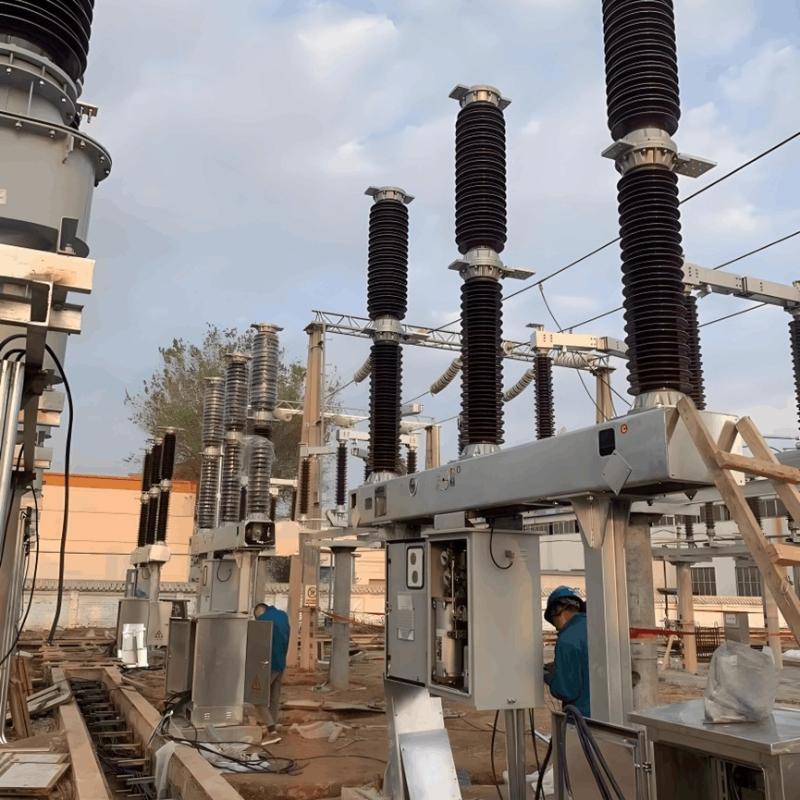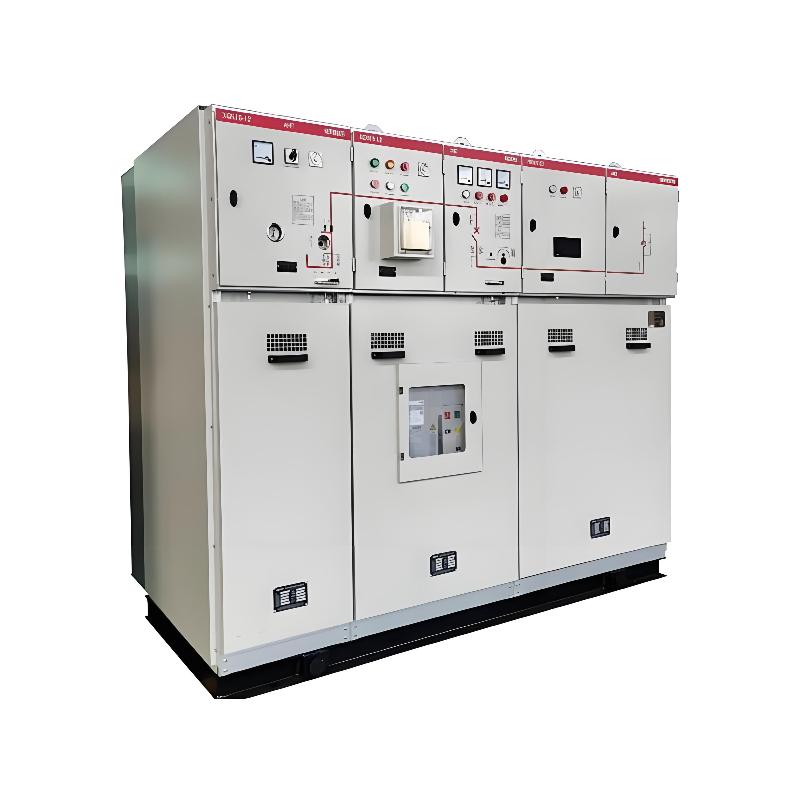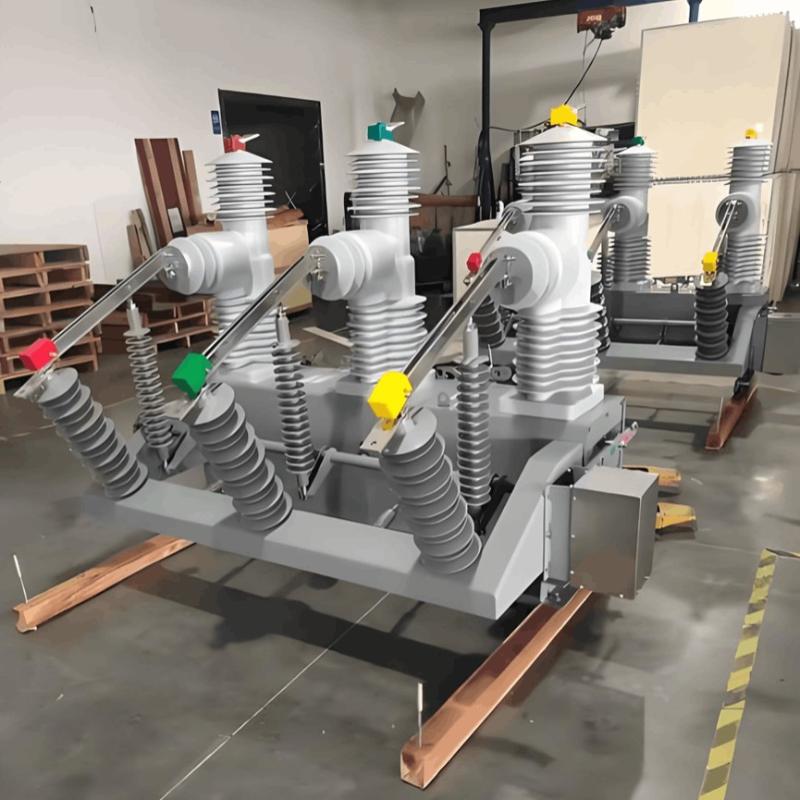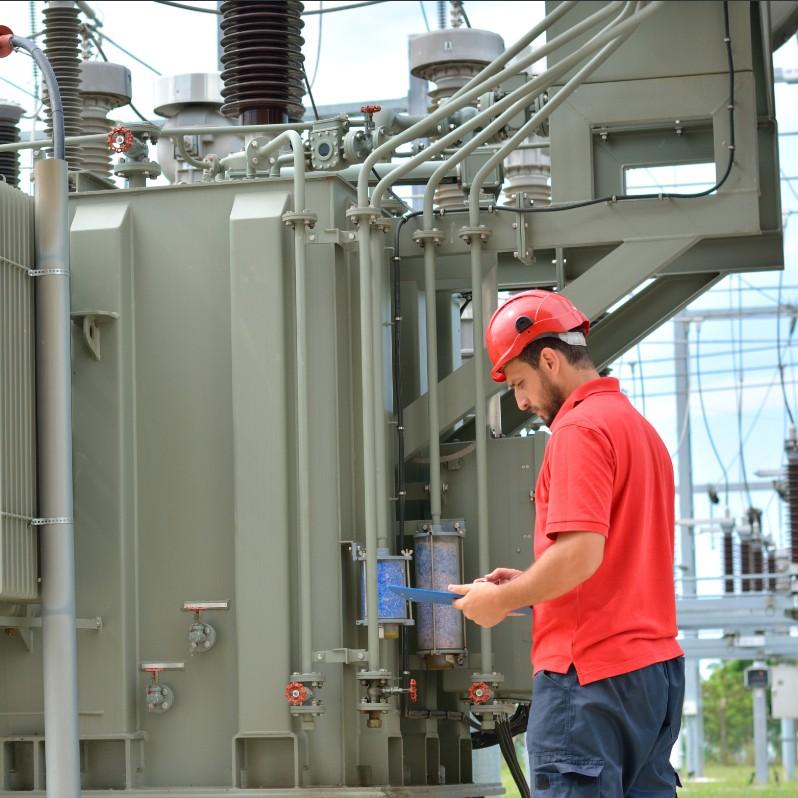1. Research Reasons and Background
1.1 Importance of Current Transformers
Current transformers play the role of current transformation and electrical isolation. They convert the large current of the primary system into a proportional small secondary current, which is supplied to measuring instruments, relay protection, and automatic devices. In the power system, the role of current transformers is irreplaceable and directly plays a key role in the safe and stable operation of the power grid.
1.2 Harsh Working Environment of Outdoor Current Transformers
Outdoor current transformers often withstand abnormal electrical and natural environments, so their failure rate tends to be high. Due to practical conditions, the controllability of electrical and natural environments is limited. Therefore, it is even more necessary to ensure the reliability of their connection in the primary system to better adapt to the environment.
1.3 Imperfect Traditional Technology of Outdoor Current Transformers
For the connection between the pile head of outdoor current transformers and copper bars, the contact surface is not sufficient. During long-term outdoor operation, whether the connection is good and reliable directly affects the line load capacity. A small contact surface, poor contact, and excessive contact resistance can cause heat generation. If not discovered and handled in time, it will burn out the pile head and the connected copper bar. Long-term overloading and excessively high temperatures may even burn out the outdoor current transformer.
2. Fault Status of Current Transformers in Substations Under the Jurisdiction of a Certain Power Supply Bureau
There are a total of five outdoor substations under the jurisdiction of a certain power supply bureau. Among them, in the 10kV outgoing lines and the low-voltage side of the main transformer of the 35kV Substation 1 and Substation 2, there are 33 dry-type outdoor post-type current transformers of model LBZW - 10. The wiring pile heads are of the screw type, and the connected aluminum (copper) bars are fixed on the screws through two upper and lower nuts. Failures such as heat generation at the pile heads and connected aluminum (copper) bars, and even melting of aluminum bars and damage to current transformers have occurred many times.
Through statistical analysis of the faults and defects of the main primary equipment of Substation 1 in 2008, 2009, and 2010: Among the five types of primary main equipment, namely current transformers, main transformers, disconnectors, and voltage transformers, the fault proportion of current transformers is 28%, which is the highest. This shows that under the same operating conditions, current transformers are more prone to failures than other equipment. In-depth analysis shows that the number of failures in these three years is directly related to time. The specific details are shown in the following table.

It can be intuitively seen from the table that failures are concentrated in the flood season from May to August (especially in June). The average monthly number of failures in three years reaches 1.17 times, indicating that the greater the line load, the more prone current transformers are to failures.
In-depth analysis of the number of failure occurrences shows that the main failure factors are: from 2008 to 2010, 14 failures were caused by faults at the joints of current transformers, and 2 failures were caused by lightning strikes and other factors. Except for the two cases of direct damage by lightning strikes in 2008 and 2009, the other failure points are at the connections between the pile heads and aluminum (copper) bars.
The main fault handling methods are: re-tightening screws and replacing damaged nuts and gaskets; replacing damaged aluminum bars; replacing the current transformer (when the pile head is damaged and the insulation test fails). However, these methods cannot fundamentally eliminate such faults.
3. Analysis of Fault Causes of Current Transformers and Countermeasures
Through analysis, it is believed that there are four main causes of faults in outdoor 10kV current transformers:
3.1 Equipment Reasons
The structure of the current transformer itself is unreasonable.
3.2 Human Reasons
The technical level of personnel maintenance is not high, and daily maintenance is not in place.
3.3 Method Problems
Solving faults based on experience, lacking targeted methods.
3.4 Link Factors
Current transformers operate under high load for a long time, and the substation is located in a humid mountainous area, so the joints are prone to corrosion and oxidation.
It is confirmed that the primary cause is the unreasonable structure of the current transformer itself. The contact surface between the screw-type wiring pile head and the copper bar is too small, which is the main reason for the melting of the aluminum bar and the heat damage of the current transformer. Improving the connection condition between the pile head of the outdoor current transformer and the copper bar, increasing the contact area, and reducing the contact resistance have become the improvement directions. Initially, it is envisaged to design a connecting wire clamp to achieve this.
4. Specific Implementation
4.1 Determine the Wire Clamp Specification
According to the screw outer diameter (12mm, coarse thread) of the pile head of the 10kV outdoor current transformer in Substation 1, customize a double-hole pole-clamping wire clamp from the manufacturer, with the model M - 12.
4.2 Trial Installation and Verification
Install the improved wire clamp that meets the GB - 2314 - 2008 standard in the department's test area on the test current transformer. It is found that it can be in close contact with the pile head and expand the contact area.
4.3 Full-Substation Test Application
Screw the double-hole copper pole-clamping wire clamp into the screw of the current transformer, and tighten the fixing screw to ensure the contact area and connection firmness, and reduce the contact resistance. Conduct a full-substation test on Substation 1 to improve the connection condition between the pile head of the outdoor current transformer and the copper bar.
5. Effect Inspection
After half a year of actual operation and observation and analysis of installing the double-hole pole-clamping wire clamp on the pile heads of 10kV outdoor current transformers in the entire Substation 1, the following conclusions are drawn:

5.1 Contact Area Improvement
Before improvement, the contact area between the pile head and the copper bar was 2.26cm². After improvement, it is 15cm², and the expansion ratio reaches 563.7%.
5.2 Contact Resistance Reduction
Measured with a loop resistance measuring instrument, the contact resistance when the pile head directly fixes the aluminum bar before improvement is 608μΩ. After improvement (fixed with a double-hole copper pole-clamping wire clamp), it is 460μΩ, and the reduction ratio reaches 24.3%.
5.3 Temperature Reduction
Under the same load (150A), the infrared imaging temperature measurement value before improvement is 52℃, and after improvement, it is 46℃, and the temperature reduction rate is 11.5%.
5.4 Failure Rate Reduction
Track and investigate the improved current transformers. The failure statistics during the flood season (May to August) show that: the total number of failures before improvement is 14 times (an average of 3.67 times per month), and the total number of failures after improvement is 1 time (caused by a lightning strike in June). The number of failures during the flood season has decreased from nearly 1.17 times per month to 0.25 times per month.
After the transformation, except for the failure caused by a lightning strike, no failures such as heat generation and burning out have occurred. The proportion of the number of failures of current transformers among the main primary equipment has decreased to less than 15%.Installing the improved double-hole copper pole-clamping wire clamp on the pile heads of 10kV outdoor current transformers in the entire Substation 1 increases the contact area, reduces the contact resistance, and successfully reduces the failure rate of outdoor current transformers.
Calculated based on a 10kV line being out of power for 12 hours, a current of 200A, and an electricity price of 0.5 yuan, each reduction of one power outage can increase the electricity fee by about more than 20,000 yuan. Ten times can reach more than 200,000 yuan, which not only improves the power supply reliability but also brings huge economic benefits to the enterprise.
























